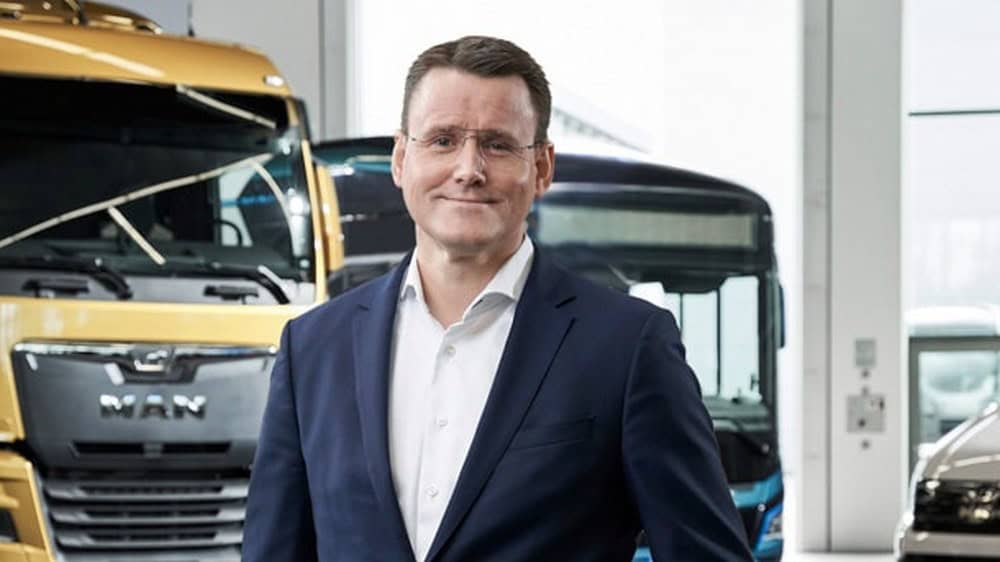
Southeast Asia (SEA) is at a crucial crossroads in its green transition, where ambitious goals confront the pressing realities of today. In the report Southeast Asia’s Green Economy: Moving the Needle, Satish Shankar, regional managing partner at Bain & Company, notes that SEA governments face rising energy demands projected to increase by nearly 42% by 2030, alongside a burgeoning middle class, pressure to keep energy prices stable, and the imperative to foster equitable growth.
These challenges must be addressed even before ambitious plans for decarbonisation and the development of future industries can be considered. Amid these complexities, the electrification of public transport vehicles has emerged as a pivotal trend in global efforts to combat climate change and enhance urban mobility. For instance, China sold over 100,000 electric buses in 2022, accounting for 97% of all bus sales that year.
In Singapore, the Land Transport Authority (LTA) spearheads an ambitious initiative to electrify half of its fleet of approximately 6,000 buses by 2030, aligning with the Singapore Green Plan 2030. This initiative aims to provide commuters with cleaner, quieter rides while significantly reducing emissions from the land transport sector, which currently contributes 15% of the nation's carbon dioxide output.
To support this transformative vision, MAN Truck & Bus (MAN), in collaboration with ST Engineering, is developing a state-of-the-art solution tailored to meet the evolving requirements of the LTA. Central to this innovation is the low-floor variant of MAN’s award-winning Lion’s Chassis E, enhanced with advanced driver assistance systems powered by ST Engineering’s AGIL DriveSafe+ technology. This smart system employs AI-driven video analytics to improve driver awareness and road safety, making it a vital addition to the fleet.
Navigating Challenges

Despite the clear advantages of electric buses, the transition comes with its own set of challenges. Alexander Vlaskamp, CEO of MAN Truck & Bus, highlights the need for innovative engineering solutions to redesign vehicle chassis for electric buses, which often require batteries to be placed on the roof for safety reasons.
He explains, “An electric bus fleet means, of course, complete new design of the vehicle chassis,” underscoring the complexities involved in this shift.
Additionally, drivers must adapt to the unique driving dynamics of electric buses. While electric buses are known for their “enormous acceleration powers,” it is essential to ensure that drivers can operate them comfortably and safely.
To facilitate this, MAN has developed solutions that mimic the acceleration patterns of diesel buses, ensuring a smooth transition for drivers. Vlaskamp asserts, “A happy driver, or actually a happy bus captain, is super important,” emphasising the significance of driver satisfaction in this transition process.
Operationally, the infrastructure supporting electric buses must also evolve. Vlaskamp notes that depots need to be equipped for overnight charging, with buses sending data to ensure they receive the appropriate amount of charge.
“The depot knows how much has to be charged to that bus,” he explains, highlighting the critical integration of technology and data management for the successful operation of electric bus fleets.
Technological Solutions
To tackle the complexities associated with electric buses, advanced technology plays a vital role. Vlaskamp elaborates on the necessity of developing safe and efficient battery systems, stating that MAN is committed to rigorous testing and development of its battery packs to meet high safety standards.
“We are testing thoroughly the battery systems… also define and design and develop our own battery packs,” he explains. This meticulous approach not only ensures safety but also enhances the operational efficiency of electric buses.
Concerns regarding battery safety, particularly those surrounding lithium-ion batteries, are valid; however, Vlaskamp reassures that MAN has gained significant experience in safely operating electric buses. “We have more than 2000 battery electric buses already with our customers, and they are running safe and healthy,” he shares.
MAN’s proprietary battery management system features multiple sensors to monitor each cell closely, enabling immediate action in case of any malfunction. “If we see a malfunction of a cell, we can immediately shut down the shortcut, and by that actually prevent that a worse event from happening,” he explains.
Cost considerations
While electric buses typically come with higher upfront costs primarily due to battery materials, Vlaskamp highlights the long-term operational savings they can offer. He notes that energy costs for electric buses are generally lower than for diesel, particularly as diesel taxes increase to encourage a shift towards cleaner transport options.
“The kilowatt hours you are purchasing, they are cheaper versus the energy you are purchasing in diesel,” he points out. Moreover, maintenance costs for electric buses are estimated to be up to 30% lower compared to their diesel counterparts, thanks to fewer moving parts and less wear and tear.
While regular checks are still necessary to ensure safety and reliability, Vlaskamp emphasises that electric buses present a more sustainable and cost-effective alternative in the long run.
Lessons from Europe
Drawing from MAN's experience in Europe, Vlaskamp shares valuable insights into the successful integration of electric buses into public transport systems. He stresses the importance of thorough testing and customisation to local conditions. “We have to make sure that we can customise the buses related to the region or city where we are operating for our customers,” he explains.
The lessons learned from diverse climatic conditions—from colder northern cities to warmer southern regions—inform the development of robust electric bus systems capable of performing well in various environments.
“We are looking forward to actually now present the first bus… and also here we are investing,” he adds, reinforcing MAN's commitment to quality and safety in its electric bus offerings.
The future is now
The transition to electric public buses presents a significant opportunity for cities like Singapore to enhance urban mobility while addressing critical environmental challenges. As Vlaskamp outlines, this journey involves overcoming various hurdles through innovative design, technological advancements, and strategic planning.
With the right approach, electric buses can transform public transport into a cleaner, more efficient system that aligns with the growing demand for sustainable urban living. This electric bus revolution not only signifies progress in the fight against climate change but also paves the way for a greener, more sustainable future in urban transport.


